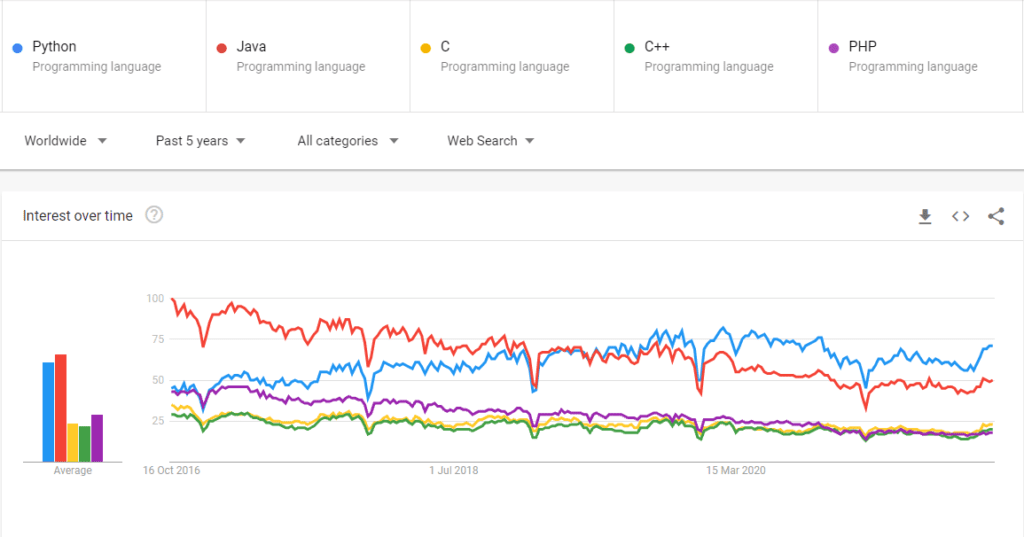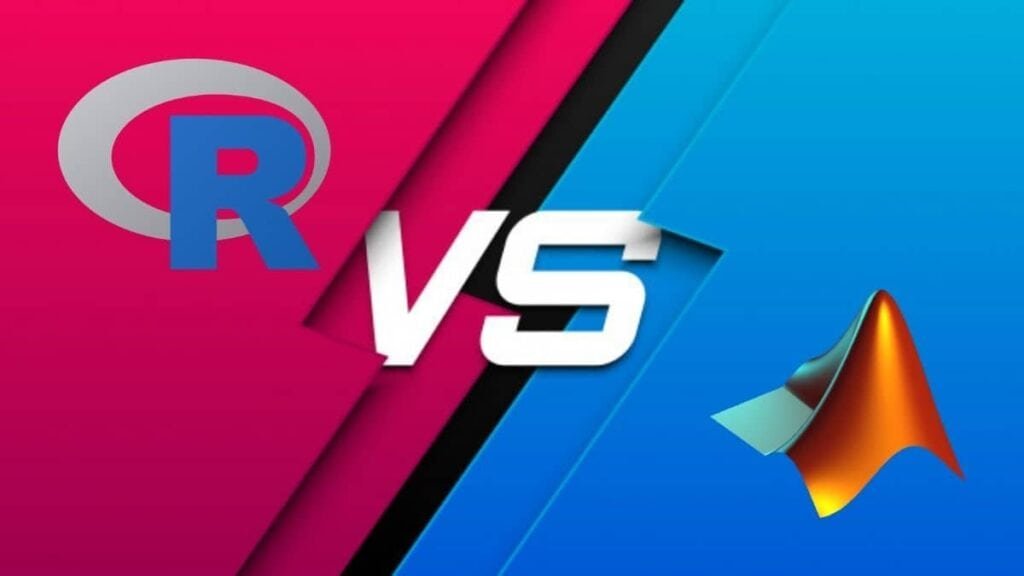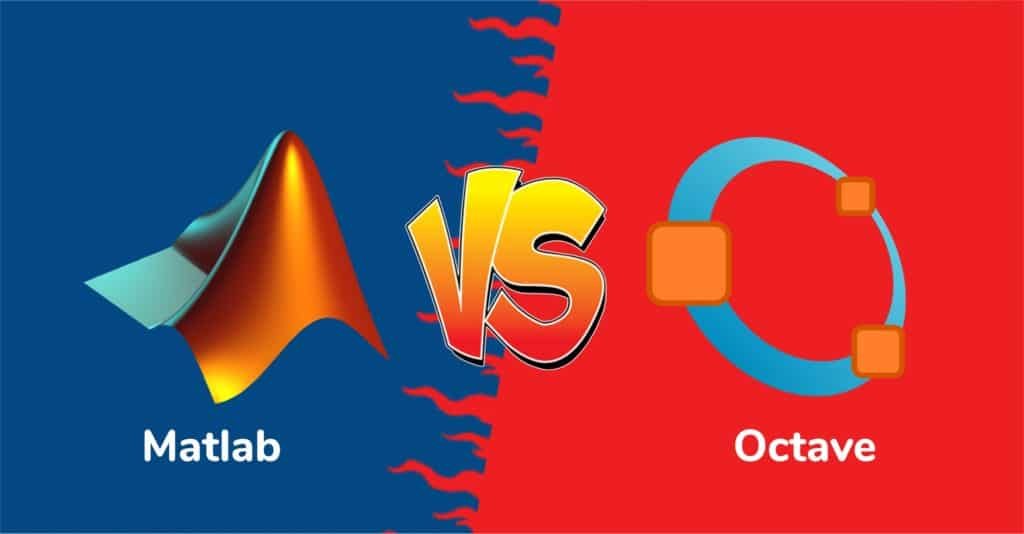Before getting into the features of Python, first, we need to know what is a python programming language. Python programming language is the world’s fastest-growing programming language. This high-level, general-purpose programming language offers a wide range of real-world applications and is a highly in-demand certification.
Python enables programmers to work more efficiently and integrate systems. Python’s syntax, which prioritizes readability, also allows for fewer lines of code. Dynamic typing, built-in data structures, strong libraries, frameworks, and community support are just a few of the aspects that make Python appealing for quickly developing any application.
Whenever we talk about Python features, there is an extensive list that we have. In this blog, we will discuss essential features of the python programming language. That is very important for every student who wants a career as a programmer. This blog helps you to understand all the basic features of Python.
PYTHON..!!
Table of Contents
Guido Van Rossum, a software developer, created Python in 1991 with the intention of making things easier for coders. Since then, the language has gone through multiple iterations and revisions, and it is now employed in many large corporations and IT firms. The language is most commonly used in web solutions, enterprise applications, and embedded languages, owing to its excellent support in the field of artificial intelligence (AI). Let us now discuss the basic and most important features of python that everyone must know.
The Popularity of Python compared to other languages
Features Of Python Programming Language
Easy To Code
If you are a newbie and have read any Python article you read the features of python. I am sure you have read that python coding is incredibly simple to learn and code. As we all know, Python is a high-level programming language that is easy to learn and use. When we Compared Python to other programming languages such as C, C#, Javascript, and Java, Python is a very straightforward language to learn. Python is a fairly easy programming language that anyone can learn in a matter of hours or days.
Python is usually observed as one of the easiest programming languages to learn for novices, yet it is equally challenging to master. Anyone who works hard enough can learn or grasp the concepts of Python, but becoming a Python Developer will take a lot of practice and patience. Yes, python coding is simple, but it also takes time to adjust to becoming a proficient programmer using Python.
Open Source
One of the features of Python programming language is that it is open-source, which means that anyone can build and modify it. Python programming has an online community of thousands of programmers that gather every day to discuss the language’s development. You can download it from an open-source, free of cost, and all you need to know is the source.
The Python programming language is available for free on the official website, and you can download it by clicking on the Download Python link. After that, all you need to do is install Python is your laptop or computer. There is an IDE(Integrated Development Environment) that you need to run the python programming language. This is one of the crucial features of Python.
GUI( Graphical User Interface) Programming Support in Python
When a user accesses your program or website, the first thing he sees and interacts with is the Graphical User Interface (GUI). A good user interface can help your platform’s reputation and user count significantly. This includes in features of Python.
A user interface typically comprises a slew of visual elements such as icons, buttons, graphics, displayed text, and various means of input such as checkboxes, text input boxes, and so on. This plays a vital role because it makes it programmer very easy to start working on the python programming language. Python may use modules such as PyQt5, PyQt4, wxPython to create graphical user interfaces.
As we read before, Python provides numerous possibilities for designing graphical user interfaces (GUIs) (Graphical User Interface). Tkinter is the most commonly used GUI technique, and it is a standard Python interface to the Python-supplied Tk GUI toolkit. Python with Tkinter is the quickest and most effortless approach to construct graphical user interface (GUI) applications.
Python Supports High-level language
Python Supports high-level language, which means it is very easy for a user of they can code very easily once they understand the basic concepts of python programming language. this one is considered one of the best features of python. We also don’t need to recall the machine architecture or manipulate memory while writing Python programs. With the usage of considerable indentation, its design philosophy prioritizes code readability. Its language elements and object-oriented approach are intended to assist programmers in writing clear, logical code for small and large-scale projects.
Extensible
You can write portions of your Python code in other languages, such as C++, if necessary. Python is thus an extensible language, which means that it may be expanded to other languages. Python’s extensible feature refers to the ability to write some of your Python code in other languages such as C or C++. Python is an extensible language because it can be expanded to other languages. It does not enhance the language (syntax, constructions, etc. ), but it does allow you to interface Python with libraries developed in other languages. This means you can include code written in other languages in your Python source code.
Portability (Features of Python)
Python is a cross-platform programming language, implying that a Python application built on a Mac will run on a Linux operating system and vice versa. Portability is very necessary for programming so these features of python are important. Python programs can execute on a Windows PC as long as the Python interpreter is installed. Python programs can thus run on various systems, including Windows, Linux, Unix, and Macintosh.
Large Standard Library
Python has an extensive standard library with numerous modules and methods, so you won’t have to write code for anything. Python includes regular expressions, unit testing, web browsers, and other utilities. This library also includes in our topic the “features of python.”
The Python Standard Library includes a wide range of modules for everyday programming and is provided with the standard version of Python, requiring no additional installation. It includes working with the operating system, reading and writing CSV files, generating random numbers, and working with dates and times. I’m sure you’ll run into it while developing with Python.
Interpreted Language
There are two types of code converters used by every programming language to convert languages. These are the interpreter and the compiler, respectively. The interpreter compiles the entire program, whereas the compiler converts the code line by line.
Python uses an Interpreter, which means that its code is executed one line at a time. Unlike other languages such as C, C++, Java, and others. This is one of the features of python that python code does not require compilation, making it easier to debug. Python’s source code is converted into bytecode, which is an instantiation of the code.
Object-Oriented Programming language
An object-oriented programming language can model the real world, and it is object-oriented and integrates data and functions. On the other hand, a procedure-oriented language revolves around functions, which are reusable pieces of code. One of the essential Python features is that it supports both procedure-oriented and object-oriented programming. Unlike Java, it also allows for multiple inheritances. A class is a blueprint for such an item; it is an abstract data type that does not include any values.
Expressive
First, let’s define expressiveness. Assume we have two languages, X and Y, and that all programs written in X can be written in Y via local transformations. Using local transformations, however, some programs can be created in Y but not in X. Then, it is claimed that Y is more expressive than X. Python has several constructs that focus on the answer rather than the syntax. This is one of the fantastic features of Python that demonstrates why you should learn Python.
Apart from the characteristics mentioned above, Python offers a long list of useful features, or we can say features of Python, a few of which are listed below.
- Python supports both the programming methods that are functional and structured, as well as object-oriented programming.
- Python can also be used as a scripting language or compiled to byte-code for the development of huge applications.
- It allows dynamic type verification and provides very high-level dynamic data types.
- It supports garbage collection automatically.
- It integrates seamlessly with C, C++, COM, ActiveX, CORBA, and Java.
Conclusion
In this blog, we have discussed Python and the “features of python.” I hope you grasp some knowledge from here. These are the top 10 features of Python that we have discussed. It is interpreted, dynamically typed, and object-oriented, as well as portable, free, and accessible, as we have seen. That’s a good reason to dig into the Python field. Begin learning Python immediately to advance your Career.
We also have a team of experts who assist you, if you face any issues related to the python programming language. They can assist you with your Python homework help. Feel free to contact us. Our experts are very friendly and professional they guide will guide you properly.
FAQ’s Frequently Asked Questions
Is Python or C++ better?
Overall, Python beats C++ in terms of simplicity and clarity of syntax. However, C++ outperforms in terms of performance, speed, and the breadth of its application areas. Every programming language is built on C and C++, and Python is built on C with web programming in mind.
What Isn’t Python Capable of?
Python was not created with the ability to develop specific types of applications in mind. For example, it lacks built-in web development features such as PHP. As a result, developers must employ additional tools and frameworks to create unique apps.



